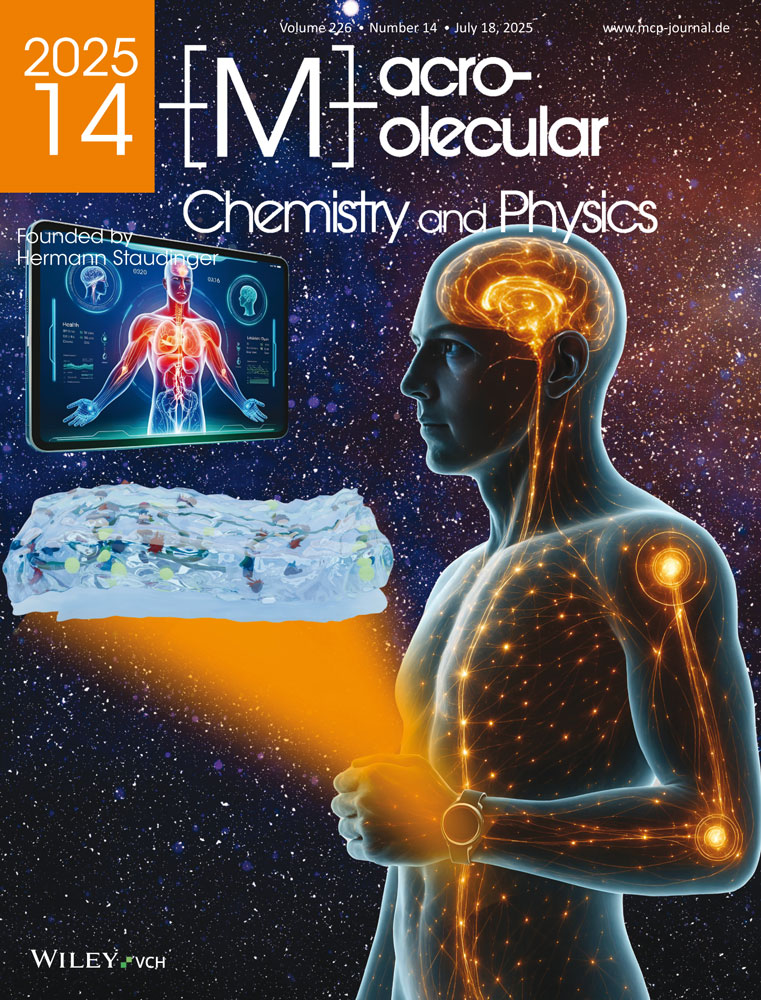Preparation and photochemical properties of 4-propenoylbenzil polymers
Abstract
4-Propenoylbenzil (PCOCO) obtained by dehydrochlorination of 4-(3-chloropropanoyl)benzil (CICOCO) was homo- and copolymerized with styrene (St) and methyl methacrylate (MMA). The polymers strongly absorb UV light at wavelengths between 300 and 400 nm. The triplet-triplet absorption spectra of the homo- and copolymers and of CICOCO are bathochromically shifted relative to the spectrum of unsubstituted benzil triplets. The triplets of the homopolymer have a lifetime shorter than that of CICOCO and the copolymers, which is attributed to self-quenching. Similar conclusions were arrived at from emission measurements. Irradiation of the copolymer PCOCO/St in dilute solution at λinc = 366 nm results in simultaneous crosslinking and mainchain degradation. Crosslinking is accomplished via combination of ketyl radicals formed by hydrogen abstraction of 1,2-dicarbonyl groups in side chains. Therefore, crosslinking is the predominant process in solutions of hydrogen-donating liquids such as tetrahydrofuran. Main-chain scission is a secondary photoreaction. It primarily affords the photooxidative decomposition of 1,2-dicarbonyl groups. Main-chain scission predominates over crosslinking in solvents not acting as hydrogen donors such as benzene. Generally, O2 retards crosslinking and enhances main-chain degradation.




